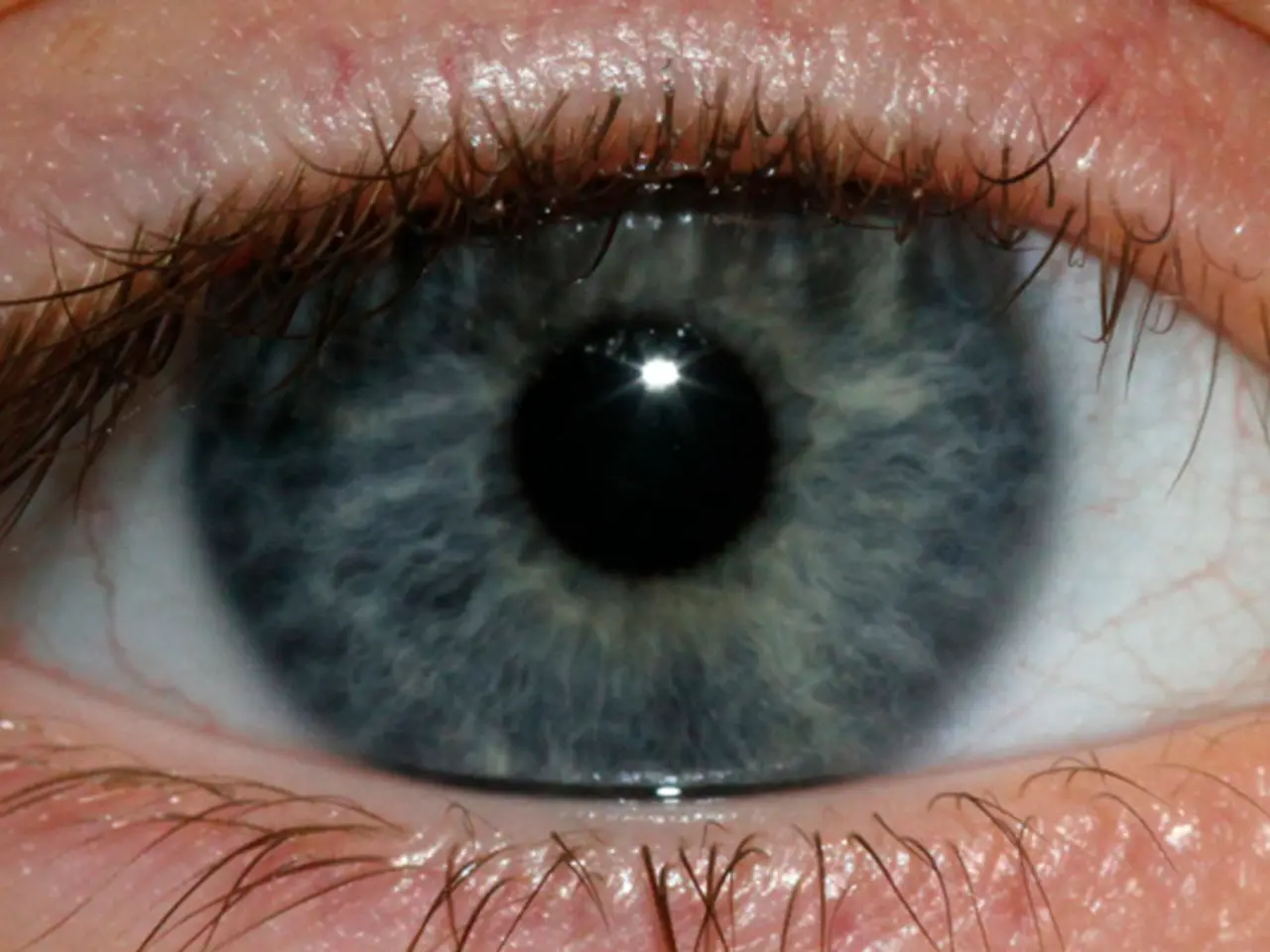Identified Possible Structural Variations in Psychopaths' Brains, According to Scientific Research
A groundbreaking study published in the European Archives of Psychiatry and Clinical Neuroscience has uncovered a significant link between brain structure and psychopathy using advanced imaging techniques and the Psychopathy Checklist-Revised (PCL-R). The research, conducted by a multidisciplinary team of scientists from the US and Germany, evaluated 39 adult males diagnosed with psychopathy and matched control subjects [1][2].
The study focused on two main dimensions of psychopathy: **Factor 1 (interpersonal-affective traits)** and **Factor 2 (lifestyle-antisocial behavior)**. The findings revealed that **Factor 2 (antisocial behavior scores)** were associated with reduced brain volumes in several regions, such as the basal ganglia, thalamus, basal forebrain, parts of the brainstem (pons), cerebellum, and cortical areas like the orbitofrontal and insular cortex. These areas are essential for emotion regulation, decision-making, impulse control, and social behavior [1][2].
On the other hand, **Factor 1 (emotional detachment)** showed weak or no strong evidence for significant brain structure differences compared to control subjects. This suggests that the lifestyle and antisocial behavior aspects of psychopathy (Factor 2) are more closely linked with distinct structural brain abnormalities, particularly in subcortical and cortical areas involved in emotional and social processing [1][2].
The study's results could have far-reaching implications, particularly in the development of new treatments and rehabilitation strategies for people with high psychopathy scores. The use of the Julich-Brain Atlas allowed for detailed mapping of these differences, enhancing understanding of the neurobiological basis of psychopathy and potentially aiding targeted therapeutic approaches [1][2].
However, it is crucial to consider the small sample size when interpreting the statistical results. Future studies may focus on understanding to what degree these structural differences are heritable or associated with environmental factors [1][2].
While the study did not assume that participants were under the influence of drugs at the time of the study, the possibility remains uninvestigated. Long-term drug usage prior to participation could potentially influence an individual's brain structure, which was not accounted for in the study [1][2].
In summary, this study provides valuable insights into the neurobiological basis of psychopathy, highlighting the importance of identifying and treating people with high psychopathy scores in sustainable ways. The findings underscore the need for further investigation into the heritability and association with environmental factors of these structural brain differences.
References: [1] European Archives of Psychiatry and Clinical Neuroscience (2022). Brain structure correlates of psychopathy: A voxel-based morphometry study. [2] The British Journal of Psychiatry (2022). Structural brain abnormalities in psychopathy: A voxel-based morphometry study.
- This groundbreaking study in the European Archives of Psychiatry and Clinical Neuroscience has linked psychopathy to neuroscience, as it uncovered significant links between brain structure and the condition using advanced imaging techniques.
- The research, focusing on two factors of psychopathy - emotional detachment (Factor 1) and antisocial behavior scores (Factor 2) - found that Factor 2 was associated with reduced brain volumes in various regions, such as the basal ganglia, thalamus, cortical areas, and more, which are critical for health-and-wellness functions like emotion regulation and social behavior.
- While Factor 1 showed weak evidence for brain structure differences, the study highlights that antisocial behavior, a dimension of psychopathy, is more closely linked with distinct structural brain abnormalities, particularly in areas related to mental-health, such as the orbitofrontal and insular cortex.
- These findings could pave the way for new medical-conditions treatments and rehabilitation strategies, as targeted therapies-and-treatments for people with high psychopathy scores might be possible due to a better understanding of the neurobiological basis of psychopathy helped by tools like the Julich-Brain Atlas.
- Although the study contributes significantly to science, it is essential to consider potential environmental factors and heritability when interpreting its findings, along with accounting for any drug usage history that may have influenced an individual's brain structure, as this was not accounted for in the study.




